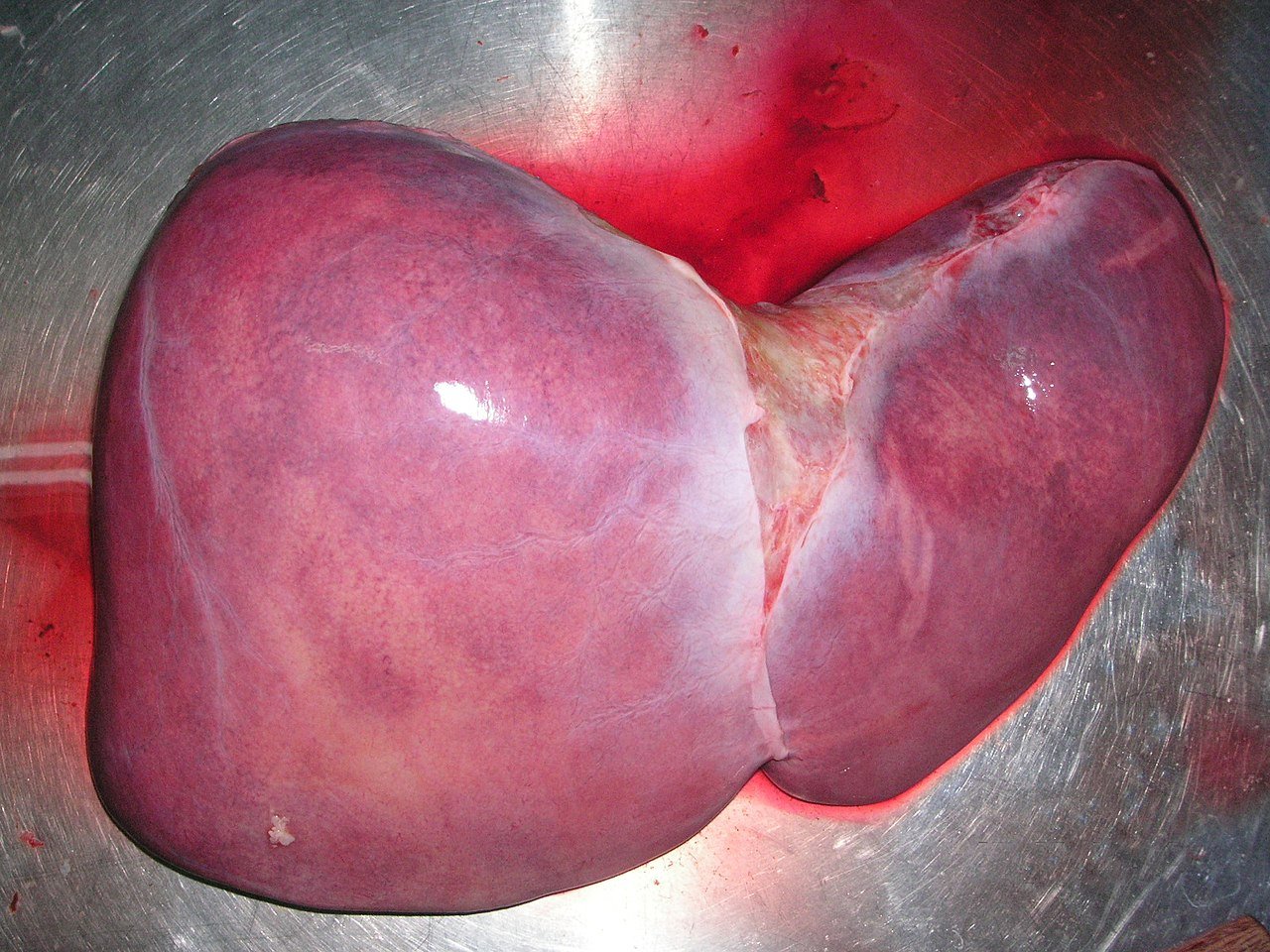The Groundbreaking Medical Procedure
On November 27, 1989, a groundbreaking medical procedure took place – the world’s first successful living donor liver transplant. This revolutionary surgery, performed at the University of Chicago Medical Center, marked a significant milestone in the field of organ transplantation.
Prior to this procedure, patients who required a liver transplant had to rely on deceased donor organs. However, the limited availability of suitable organs often resulted in long waiting periods, during which patients’ health would deteriorate. The world’s first living liver transplant offered a new hope for patients in need of a liver transplant.
A New Approach to Organ Transplantation
The living donor liver transplant involved transplanting a portion of a healthy liver from a living donor into a patient. This innovative approach presented several advantages over traditional deceased donor transplants.
Firstly, the living donor liver transplant eliminated the need for patients to wait for a suitable deceased donor organ. This significantly reduced the waiting time, allowing patients to receive a transplant sooner and increasing their chances of survival.
Secondly, the living donor liver transplant provided an opportunity for patients to receive a partial liver from a living donor, rather than a whole liver from a deceased donor. This meant that more patients could benefit from a single donor’s liver, as it could be divided and transplanted into multiple recipients.
Moreover, the living donor liver transplant offered the advantage of using a healthy liver from a living donor, which typically results in better outcomes compared to deceased donor organs. The liver has the remarkable ability to regenerate, allowing both the donor and the recipient to recover and lead healthy lives after the transplant.
The Impact on Organ Transplantation
The world’s first living liver transplant had a profound impact on the field of organ transplantation. It demonstrated the feasibility and success of using living donors for liver transplants, opening up new possibilities for patients in need.
Following this groundbreaking procedure, the number of living donor liver transplants increased significantly. The success of the world’s first living liver transplant inspired other medical centers around the world to adopt this innovative approach, further advancing the field of organ transplantation.
Today, living donor liver transplants have become a well-established procedure, offering hope to patients who would otherwise face long waiting periods for a deceased donor organ. The procedure has saved countless lives and continues to be refined and improved upon by medical professionals.
Conclusion
The world’s first living liver transplant in 1989 marked a significant milestone in the history of organ transplantation. This groundbreaking procedure offered a new approach to liver transplants, eliminating the need for patients to wait for deceased donor organs. The success of the living donor liver transplant paved the way for future advancements in the field and has saved countless lives. Today, living donor liver transplants have become a standard procedure, providing hope and improved outcomes for patients in need of a liver transplant.
SEO Excerpt:
On November 27, 1989, the world witnessed the first successful living donor liver transplant at the University of Chicago Medical Center. This groundbreaking procedure revolutionized organ transplantation, offering an alternative to waiting for deceased donor organs and saving countless lives. Learn more about this historic event and its impact on the field of organ transplantation.
External References:
- National Center for Biotechnology Information – Living Donor Liver Transplantation: A Review
- University of Chicago Medicine – Living Donor Liver Transplantation
- National Center for Biotechnology Information – Living Donor Liver Transplantation: A Comprehensive Review

